Advertisement
The future of artificial intelligence is evolving more quickly than ever, as we have moved into 2025, and Generative AI has emerged as one of the most significant shifts. Whether it is realistic images and videos, complex written text, or innovation in solutions, Generative AI is transforming the way businesses operate. Keeping up with the GenAI trends 2025 will determine whether a business gains a competitive edge in using the technologies.
The following are the top five developments in Generative AI that will shape the future of artificial intelligence in various industries around the world.
The emergence of multimodal AI systems is one of the most substantial developments in GenAI. As opposed to the conventional AI systems that can work with individual data types (text, images, audio, etc.), multimodal AI combines different data streams in various combinations. This feature enables AI to provide more complicated and ambiguous responses through an understanding of context in multiple forms.
As an example, you can find multimodal AI that can process an image and create a detailed descriptive caption or learn video and add real-time translations with the recognition of the emotional tone. In practice, in enterprises, it will result in more natural communication with customers, better virtual assistants, and intelligent content-generating tools that streamline visual, auditory, and written information.
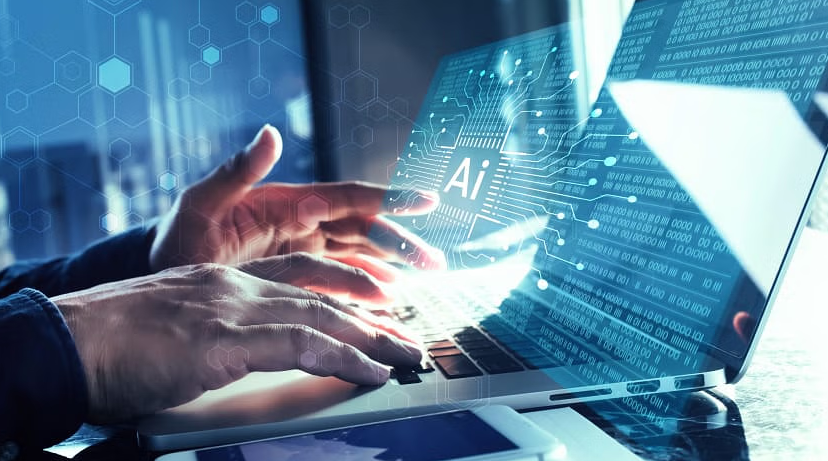
The adoption of Generative AI in enterprise operations has gained a lot of speed. AI is no longer a concept in research laboratories; it is a productivity and innovation leader within enterprises. The role of GenAI is becoming more and more evident, from automating the content creation to making customer service and product designs more efficient.
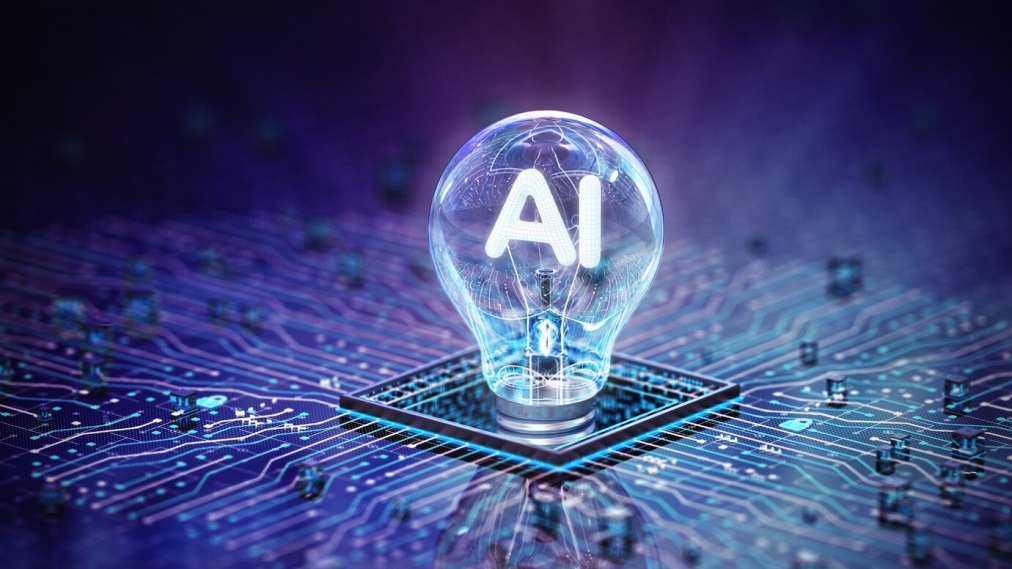
Generative AI trends in 2025 discussed above are not merely technological novelties; they are movements that will change economies, societies, and daily lives. With the implementation of AI-enabled solutions by enterprises, there is a need to find the balance between innovation and responsibility, making the AI systems ethical, fair, and transparent.
Leaders and professionals can also use these advancements to prepare for the evolving nature of AI. Being ready for these trends will continue to be essential to success, whether it is through funding multimodal AI research, following emergent regulations, or exploring and implementing novel use cases.
The developments mentioned above are only a glimpse of what is anticipated to happen in the coming years. Generative AI trends in 2025 follow the idea that, in the future, AI will not just be more powerful but also more involved in our routine and the work of businesses. Nevertheless, alongside the technical development, the increasing attention to AI ethics and regulation will guarantee the responsible use of such tools.
Multimodal AI will transform the nature of interaction and make it more immersive and natural. In the meantime, companies will use AI-powered automation and intelligence to ensure a competitive advantage. With AI-generated content having more and more ways to be personalized and creative, it will have its way in possibilities for engagement and innovation.
Finally, the future of artificial intelligence is a combination of creative technologies, prudent policymaking, and substantial human-AI cooperation. By being aware of these developments, organizations and individuals will not only manage to cope with the new environment but also prosper in it.
By 2025, Generative AI will change the world significantly. The landscape of AI is changing more quickly than ever before, thanks to developments in multimodal AI, enterprise adoption, ethical oversight, innovative applications, and continuous innovation.
Companies that embrace these major trends and stay committed to ethical AI will be able to unleash their massive value. As artificial intelligence continues to revolutionize our work, communication, and creativity, the overall impact can’t be less significant. By keeping an eye on these trends, companies and people will be better equipped to face and thrive in the recently revealed AI-based economy of the future.
Advertisement

Compare AI, ML, DL, and Generative AI to understand their differences and applications in technology today

Explore how AI is transforming drug discovery by speeding up development and improving treatment success rates.
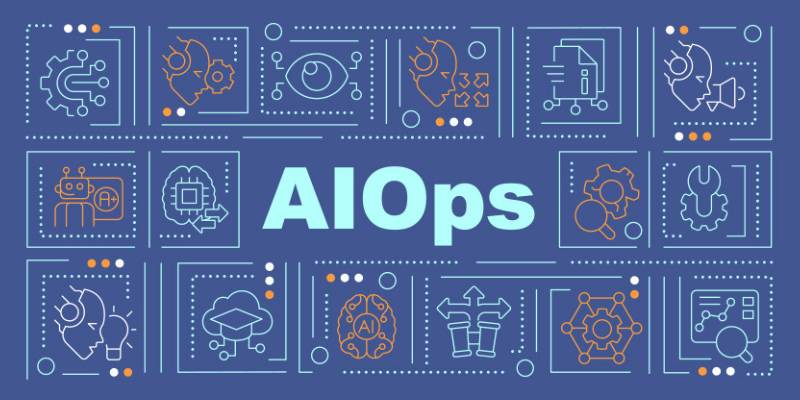
Discover how observability and AIOps transform IT operations with real-time insights, automation, and smart analytics.
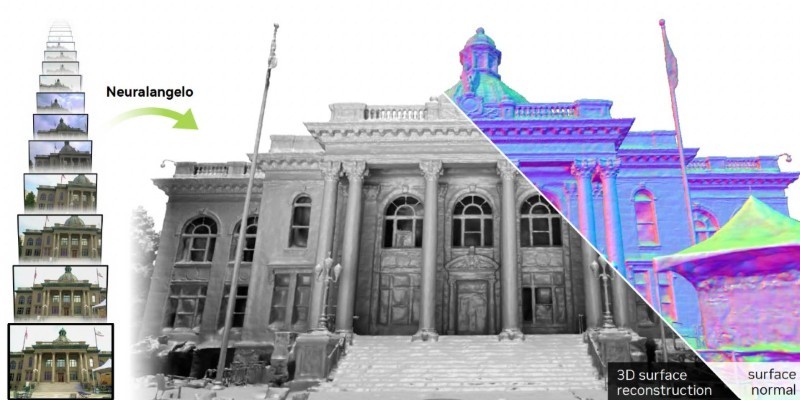
How NVIDIA’s Neuralangelo is redefining 3D video reconstruction by converting ordinary 2D videos into detailed, interactive 3D models using advanced AI
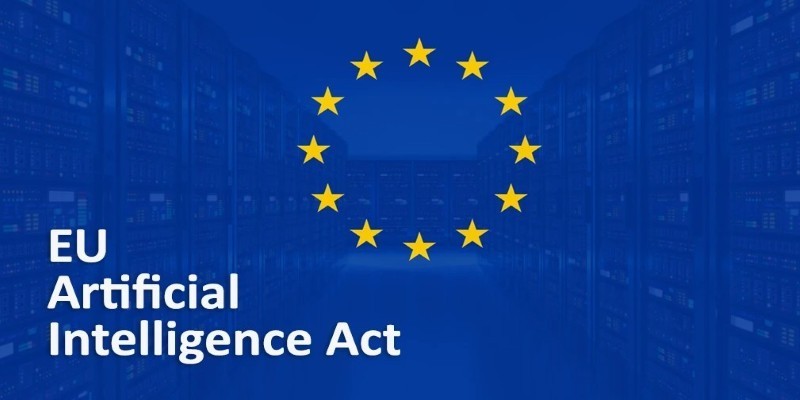
How AI Policy @Hugging Face: Open ML Considerations in the EU AI Act sheds light on open-source responsibilities, developer rights, and the balance between regulation and innovation
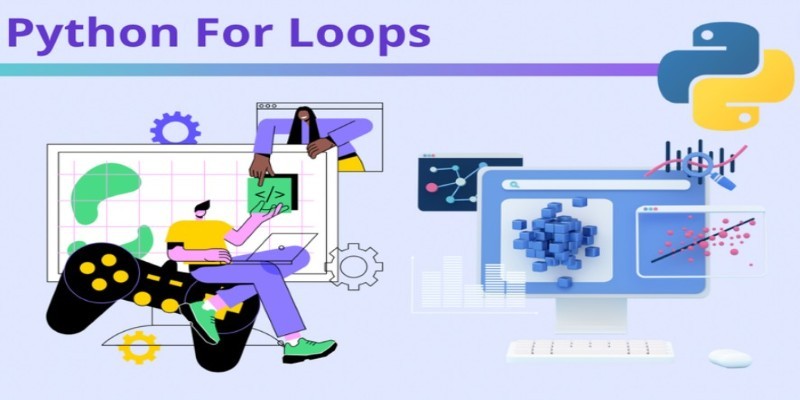
How to use a Python For Loop with easy-to-follow examples. This beginner-friendly guide walks you through practical ways to write clean, effective loops in Python
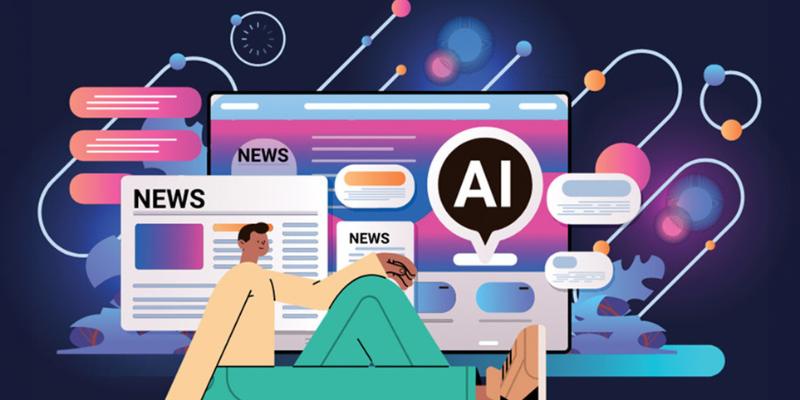
Discover how 9 big tech firms are boldly shaping generative AI trends, innovative tools, and the latest industry news.
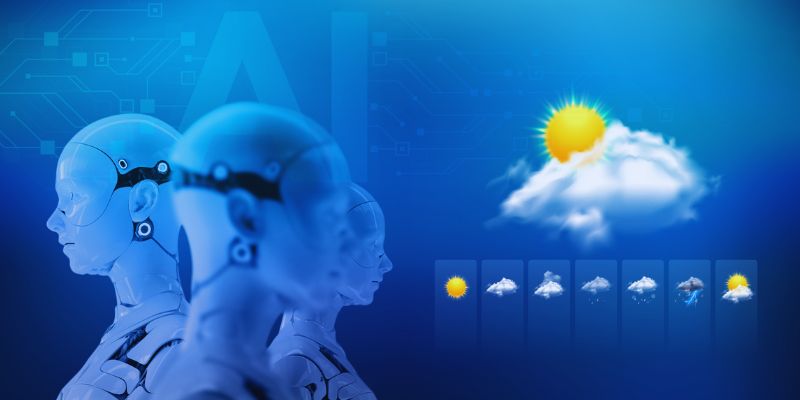
Discover how AI in weather prediction boosts planning, safety, and decision-making across energy, farming, and disaster response
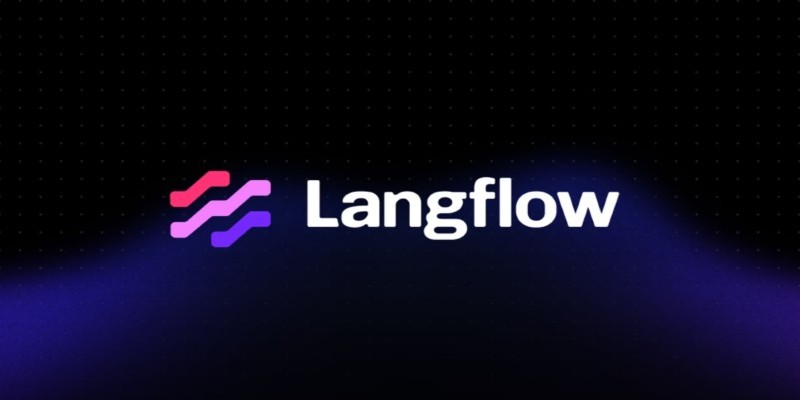
LangFlow is a user-friendly interface built on LangChain that lets you create language model applications visually. Reduce development time and test ideas easily with drag-and-drop workflows

Learn how AI innovations in the Microsoft Cloud are transforming manufacturing processes, quality, and productivity.

Can machines truly think like us? Discover how Artificial General Intelligence aims to go beyond narrow AI to learn, reason, and adapt like a human

Not sure how to trust a language model? Learn how to evaluate LLMs for accuracy, reasoning, and task performance—without falling for the hype